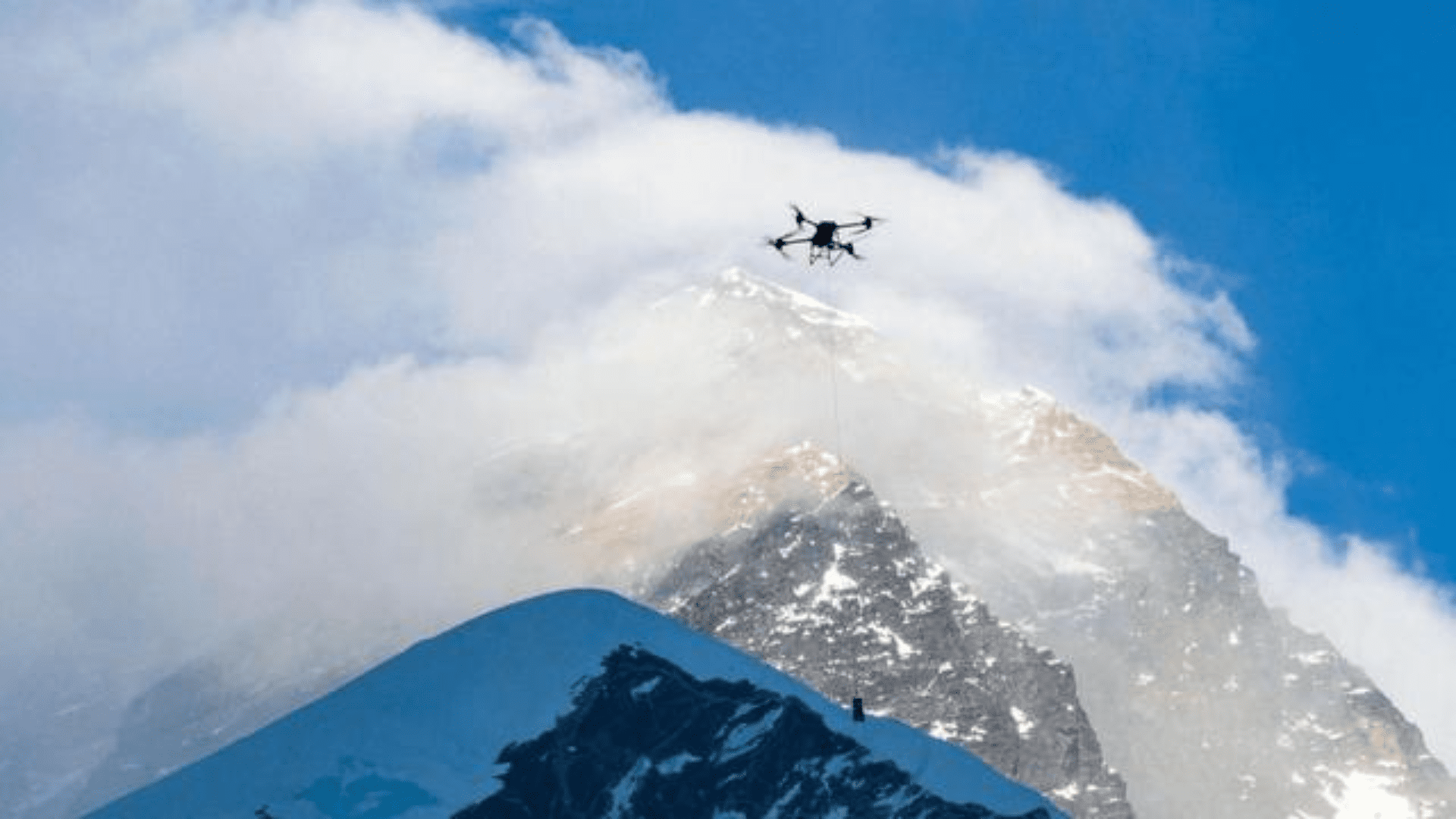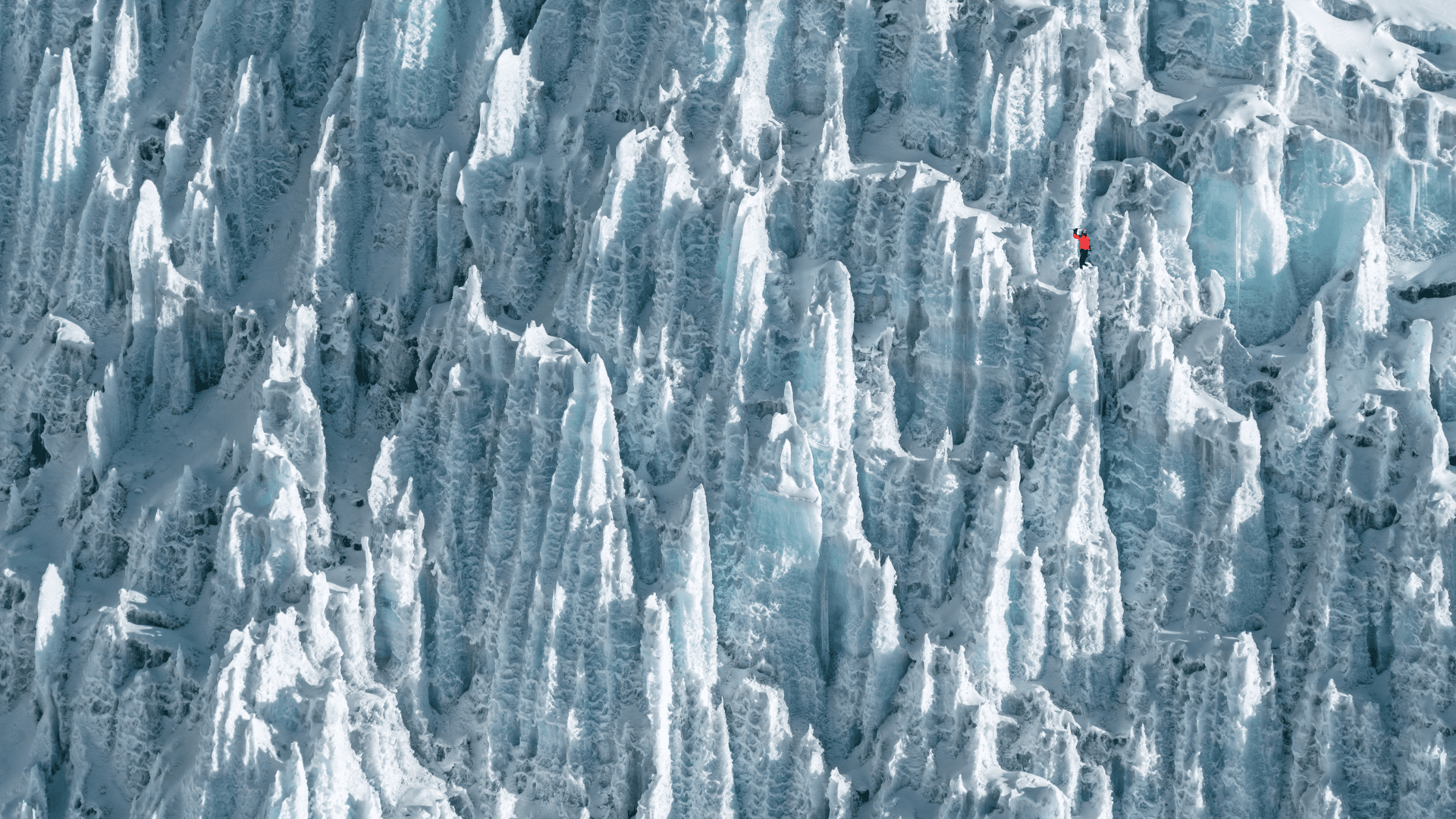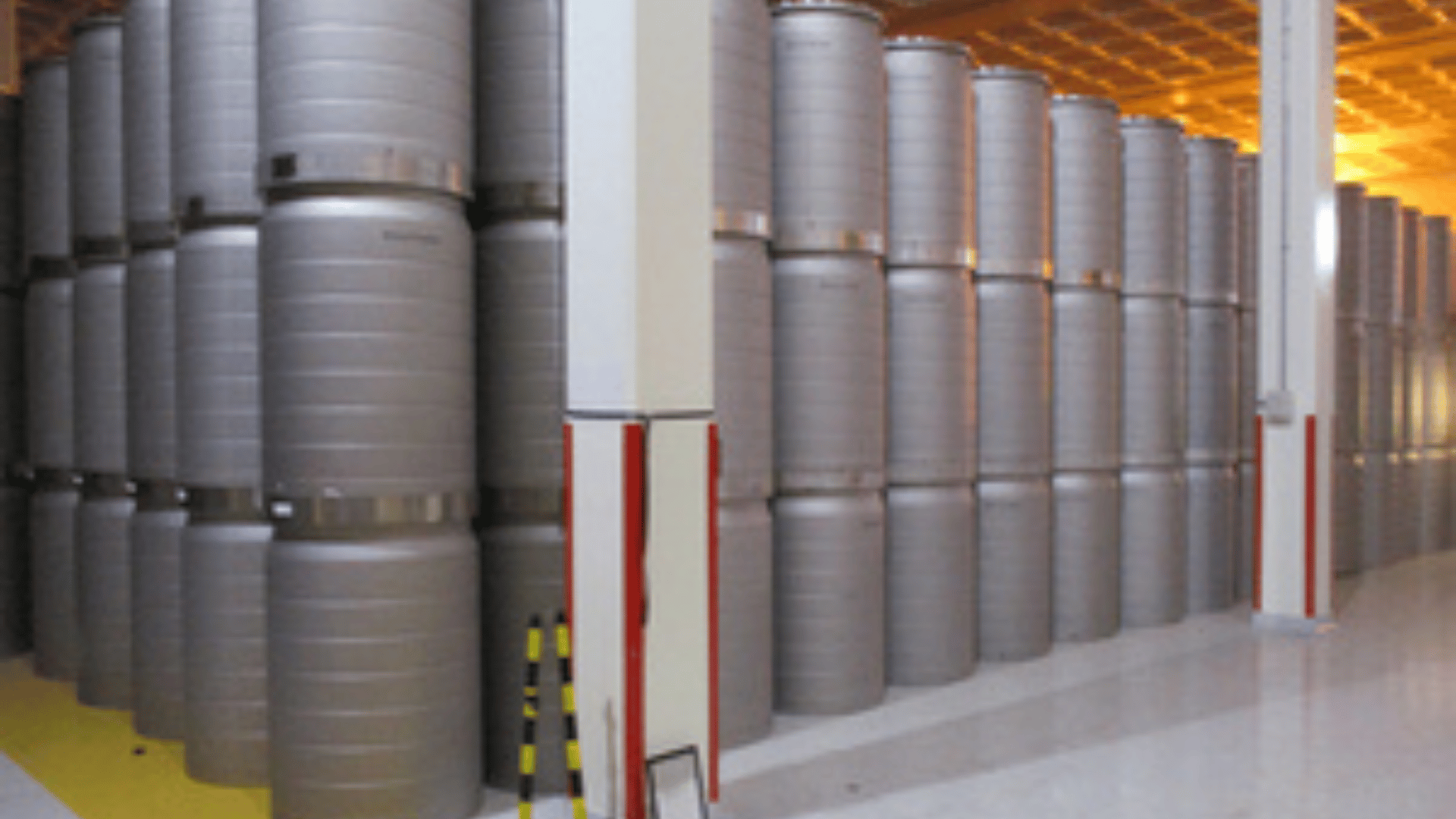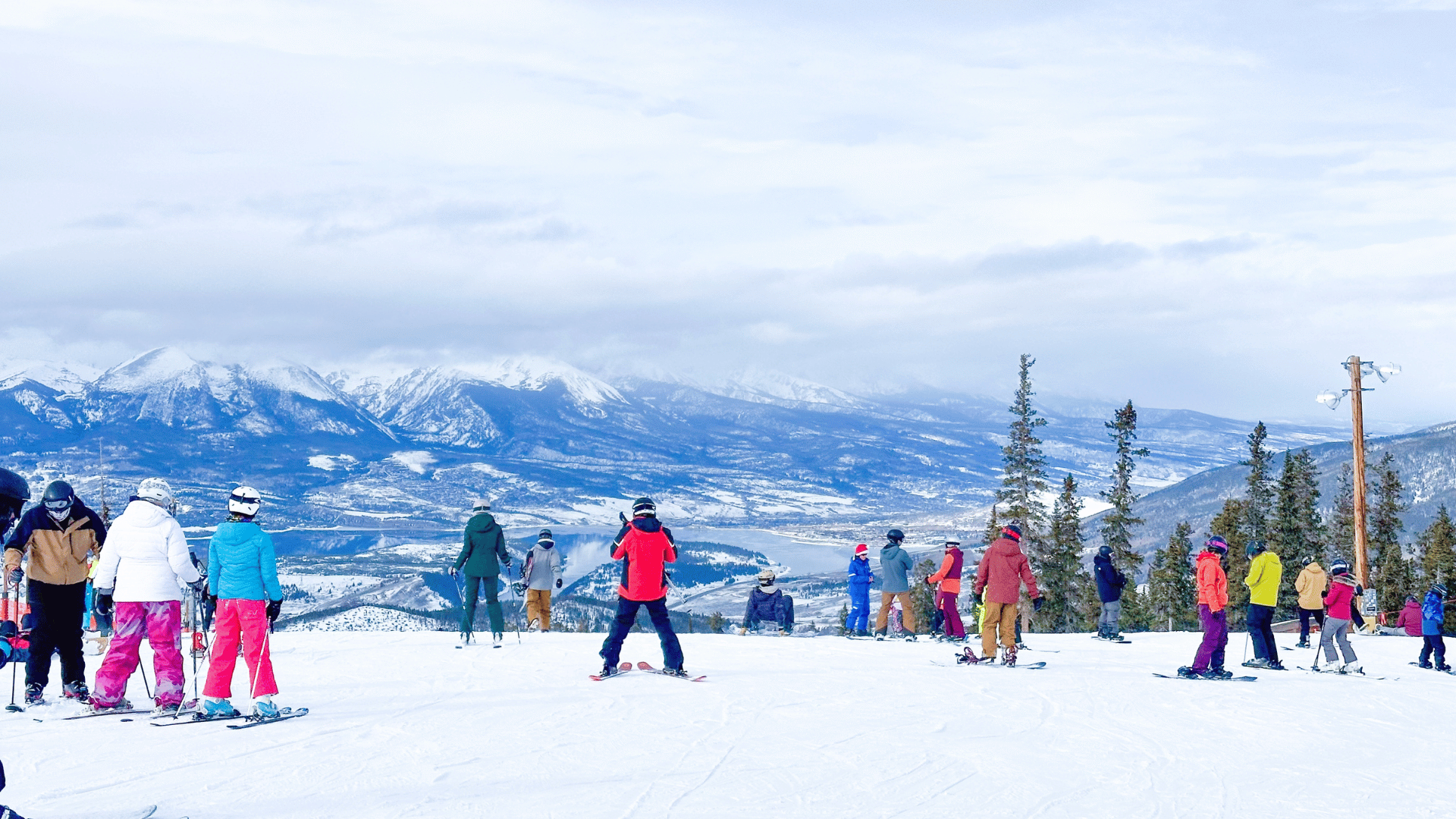Earlier this year, a drone completed the world’s first delivery to Mount Everest. This groundbreaking achievement opens up new possibilities for making deliveries to summiteers.
Rapidly and Safely

In April, DJI successfully delivered supplies to mountaineers in collaboration with Nepalese Airlift, 8KRAW, and local guides. The demonstration showed how a drone could deliver supplies safely and rapidly. They achieved this accomplishment using DJI’s FlyCart 30, which can carry up to 33 pounds of supplies. In addition, the drone can do this safely under extreme conditions at high altitudes.
During the test, three oxygen bottles and three pounds were among the loadouts. The flight started at Everest Base Camp, which is 17,389 feet above sea level, and then flew to Camp 1, which is 19,685 feet above sea level. On its return, the drone even carried trash from Camp 1. Between the two camps is the Khumbu Icefall, one of the mountain’s riskiest stages.
Explore Tomorrow's World from your inbox
Get the latest science, technology, and sustainability content delivered to your inbox.
I understand that by providing my email address, I agree to receive emails from Tomorrow's World Today. I understand that I may opt out of receiving such communications at any time.
DJI and Mount Everest
“From the end of April, our team embarked on a groundbreaking endeavor to help make cleanup efforts on Everest safer and more efficient,” said Christina Zhang, Senior Corporate Strategy Director at DJI. “We are thrilled to share that our DJI FlyCart 30 was up to the task. The ability to safely transport equipment, supplies, and waste by drone [can] revolutionize Everest mountaineering logistics, facilitate trash cleanup efforts, and improve safety for all involved,” she added.
Before ascending Mount Everest, DJI’s drone had to pass through its passes to prepare for the harsh conditions. These included temperatures ranging between -15° and 5°C, wind speeds up to 33 mph, and high altitudes. The drone conducted hover tests under these conditions, including tests with different weights, wind resistance, low-temperature, and weight capacity.
Local Sherpa guides are typically responsible for transporting supplies and clearing trash, but this involves crossing icefalls over 30 times in a season. Drones could alleviate this burden.

Saving Lives With Drones
“We need to spend 6-8 hours each day walking through this icefall,” said Mingma Gyalje Sherpa, Imagine Nepal mountain guide. “Last year I lost three Sherpas. If we’re not lucky, if our time is not right, we lose our life there.”
Sherpas usually climb across the dangerous Khumbu Icefall at night, when the temperatures are the lowest and the ice is more stable. A drone takes 12 minutes round trip and can carry 33 pounds of supplies day or night. DJI’s delivery drones are designed to reduce the workload of Sherpas, who constantly risk their lives on the most dangerous stages of Mount Everest.







